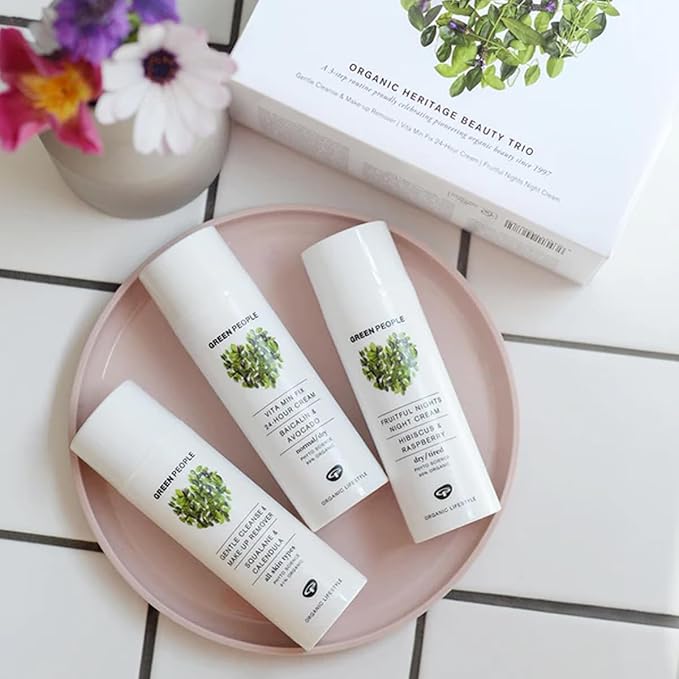First-time visitors to Georgia often want a clear, stress-free introduction that balances culture, nature and everyday comfort. Many begin in Tbilisi, where the airport sits close to the city centre and the compact Old Town allows easy walking between the sulphur baths, Narikala cable car and riverside viewpoints. Sustainable travel here means choosing walkable routes, local cafés and small hotels that support the community. Short trips to Mtskheta add historical depth without long drives, while Kakheti introduces wine traditions through slower, guided visits that reduce unnecessary transport. Some travellers combine Tbilisi with Batumi, using efficient internal travel rather than multiple flights. At Friendly Turtle EcoBlog, we encourage first-time visitors to travel Georgia responsibly by pacing itineraries, staying in family-run guesthouses, joining small-group tours and respecting local ecosystems. These mindful choices help reduce environmental impact while still offering a rich, authentic experience of Georgia’s cities, landscapes and traditions.
Share your articles with us and get published! Reach out at hello@friendlyturtle.com.
Clean and Green: Eco-Friendly Water Filtering in 2024

The world keeps on changing, and every new technological innovation seems to bring with it a new form of ecological danger, threat to our environment, and danger to ourselves and our own quality of life as members of the ecosphere. As technological changes alter the fundamental functioning of our daily lives in increasingly unexpected ways, it is good to stop and consider some of the dangers posed in this shifting scene.
The Increasing Importance of Eco-Friendly Solutions in Daily Life
Consider some of the emerging threats that present themselves within an everyday necessity: drinking water. Water is the universal solvent, and can contain trace amounts of just about anything and everything; even when you get it straight from the tap, it can be loaded with unregulated or emerging contaminants such as PFAS or microplastics, as well as any number of more conventional dangers. With the ongoing threats to our planet, and our bodies, it makes sense to look for eco-friendly solutions, rather than quasi-solutions that actually carry their own dangers. When it comes to water filtration, there are many ways that you can filter water effectively in a way that is planet-friendly, as well as healthy to you.
The Need for Eco-Friendly Water Filtering
Water filtration can be very costly in terms of both time and base materials, and the more water that needs to be filtered at a time, the more difficult and pricey that becomes. For many cities and municipalities, as well as rural communities around the world, it is simply too expensive to filter potable water for the citizenry. In such places, people must rely on bottled water, portable water delivery systems, or other similar options. Even in cases with water that is deemed safe and potable, problems occur in drinking water that need to be addressed, and it is best for all concerned if those solutions are ecologically sound. In this article, we will consider some of the green-friendly solutions to problems in your household water.
Types of Eco-Friendly Water Filters
There are many different ways to filter water, some of them more long-term and renewable than others. Water filtration types can be broken down into broad categories, of “mechanical” and “chemical” filtration, the first type removing particles through principles of physical restraint, the latter using some sort of chemically active media to strip out dissolved substances. Both types of filtration are valuable, and both can be done in green-friendly ways, though there are many distinctions within these broad categories to consider.
Activated Carbon Filters
One of the oldest filtration methods and media in the world is activated carbon. Used since the time of the ancient Sumerians, activated carbon is created from the charcoal formed by burning wood, bamboo, or various other forms of carbonaceous material, i.e., material rich in carbon. Not only do carbon filters efficiently remove bad taste, but they are infinitely renewable, as they are completely organically based.
Ceramic Filters
Ceramic filters are one of the best ways to reduce biological contaminants in water, which is why ceramic is often used in camping filters, when the goal is specifically to reduce microbial threats in water. Ceramic, much like carbon filters, is indefinitely renewable, as it is formed from clay and treated only with fire (baked in a kiln). It is thus also fairly inexpensive to produce, and can be head for a decent price.
Reverse Osmosis with Green Technology
Reverse Osmosis is one of the best and most thorough filtration methods available in the world, but it is also famously wasteful, as a traditional RO membrane produces 3 gallons of wastewater for every 1 gallon of filtered water produced. RO systems can be made more efficient, however, by the use of booster pumps or permeate pumps, which variously use electricity and natural water pressure power to increase the efficiency of the membrane. Look for systems with these features, in order to maximize your water filtration efficiency.
UV Filters
Ultraviolet filters require energy to filter water, but they are very green-friendly otherwise, not putting any harsh disinfectant chemicals into the water supply, such as chlorine, chloramines, bromide, or other common disinfectant agents used in water treatment processes. UV filters are great at killing microbial threats, such as bacteria, various viruses, and parasitic cysts.
Benefits of Eco-Friendly Water Filters
Aside from the obvious ecological benefits provided by green filtration technology, there are health benefits to natural filtration methods. Activated carbon filtration in particular is healthful for people, because it involves nothing more than the principles of natural science and chemistry that apply to the human body. It’s long-standing safe status as a way to treat water impurities, and to improve the taste and odor of water, speaks for itself.
How to Choose the Right Eco-Friendly Water Filter
The right filter for you is the one that meets your water filtration needs. Not all water is the same, and various water problems demand different solutions, not all of them as eco-friendly as possible. Put your own safety first, even if it means going with a system that isn’t ideal, in a “perfect world.” Generally speaking, there are solutions for most problems that are eco-friendly enough for most situations.
Assess Your Needs
The first thing to do before investing in any sort of water filtration system is to assess your current water conditions. Check out the most recent federally mandated water quality report on your area for an updated account of what is to be found, generally speaking, in your tap water.
Check Certification
When investigating water filtration products, keep an eye out for either NSF or IAPMO certifications. Both of these certifying bodies follow the same general tests, as laid out by NSF International, and come with varying certifications against a number of different water quality problems and conditions.
Budget Considerations
For those looking for a water filtration system on a budget, there are many cheap options, such as inline carbon filters, simple two-stage sediment plus carbon combo units, or basic undersink reverse osmosis systems. Many of these are also easy to install, and can be handled by the home mechanic.
Maintenance Requirements
Most home filtration systems are relatively simple and maintenance-free, requiring only occasional filter replacements to keep current, and have the system working well. Most of the time, a good water filter system should be easy to forget is even there.
Conclusion
Water filtration options have become more and more accessible in recent years, with many systems now available to the private homeowner that were previously only to be found in large sanitation works or public facilities. Take advantage of the various tech available to build a green-friendly ecologically sound system for you and your family.
0 comments
Let customers speak for us
Blog posts
A calm, multifunctional garden can be more than a pretty backdrop it can become a practical extension of your home that supports slow mornings, outdoor meals, and genuine downtime. In this Friendly Turtle EcoBlog guide, we look at simple, sustainable ways to shape an outdoor space that feels organised, welcoming, and easy to use throughout the week. Start by creating clear “zones”: a quiet seating corner for reading, a dining spot for relaxed lunches, and a flexible open area for play or potting. Light-touch structures, such as an airy pergola or a sheltered veranda, add definition without blocking daylight, making the garden usable in changeable weather. Keep the mood restful with layered planting: evergreens for year-round structure, seasonal flowers for colour, and lightly scented herbs near paths. Choose reclaimed or recycled materials where possible, add soft warm lighting, and reduce water waste with mulch and a simple rainwater butt. The result is a garden that feels calm, functional, and kinder to the planet.
Finding the right mental health support in Woodland Hills starts with checking credentials, treatment approach and access to care. Look for licensed clinicians with training in evidence-based therapies such as CBT or DBT, and ask whether programmes offer coordinated psychiatry, talking therapy and crisis support when needed. The best providers also explain your options clearly, from outpatient sessions to more structured day programmes, and may include complementary practices that support recovery, such as mindfulness, movement and nutrition guidance. At Friendly Turtle EcoBlog, we often explore how everyday choices shape wellbeing; this guide applies the same practical lens to mental health care, helping you compare services, understand what ‘holistic’ really means, and choose a setting that feels safe, respectful and tailored to your needs. It also highlights practical questions to ask about availability, confidentiality, fees and insurance, so you can make a confident, informed decision.



